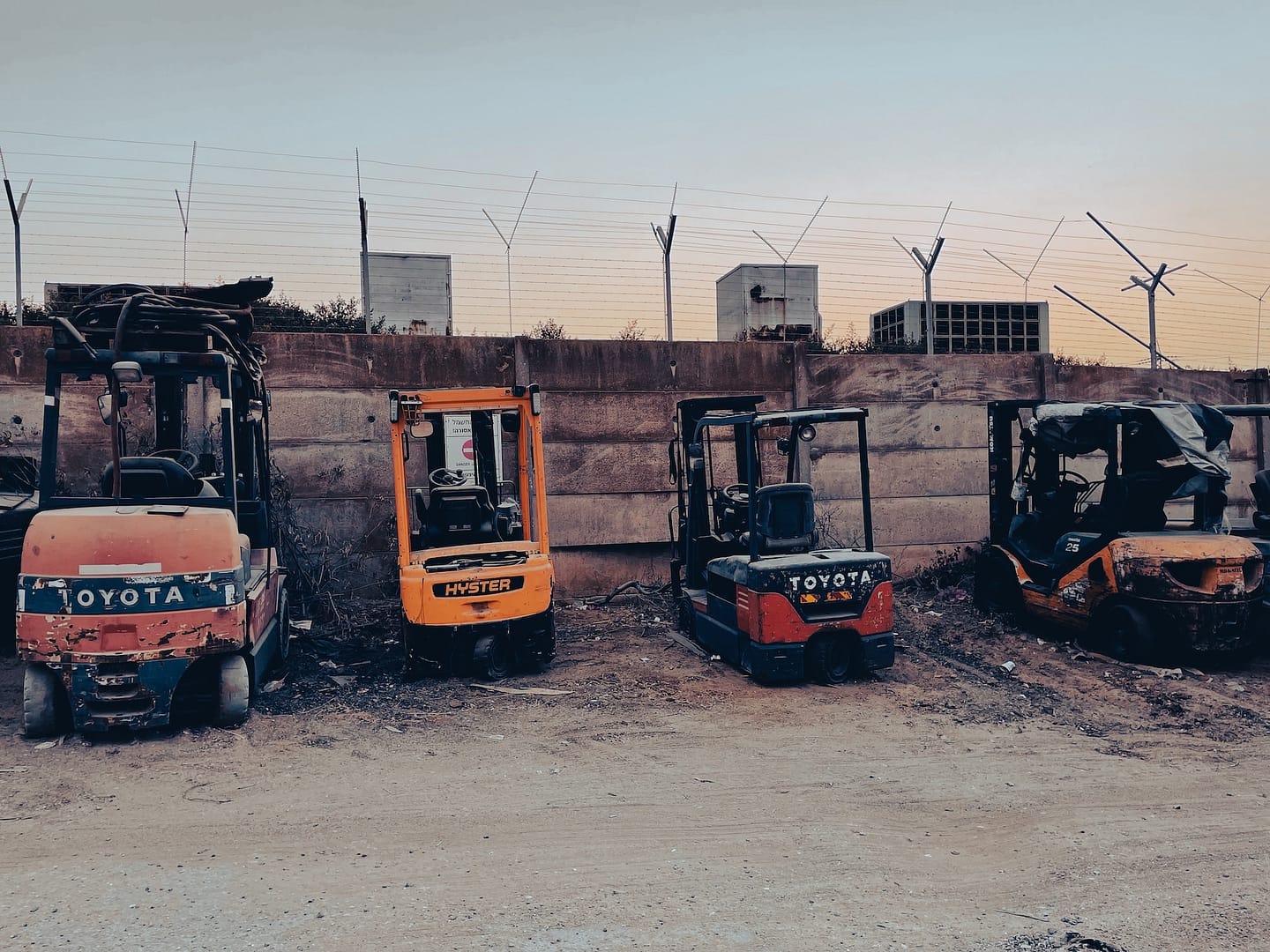Forklift drivers play a crucial role in many industries, from manufacturing to logistics. In this article, we’ll discuss the job responsibilities and skills required for forklift drivers, as well as the training and certification process. We’ll also cover job outlook and career advancement opportunities, as well as safety tips for forklift drivers to prevent accidents and injuries.
What does a Forklift Driver do?
Forklift drivers are responsible for the safe operation of forklifts, which are used to move materials in warehouses, factories, and storage yards. Their daily duties include loading and unloading materials, moving goods within a facility, and inspecting and maintaining forklift equipment. Forklift drivers must be able to follow safety guidelines, operate heavy machinery with precision, and communicate with other workers to coordinate movements. They must also be physically fit and able to lift heavy objects. Forklift drivers work in a variety of industries, including manufacturing, construction, and logistics.
Here are some common types of forklifts:
- Counterbalance forklift
- Reach forklift
- Order picker forklift
- Pallet jack
- Telescopic handler
- Side loader forklift
- Rough terrain forklift
Forklift Driver Training, and Cerifications Needed
In the UK, the training process to become a forklift driver typically involves completing a forklift training course that meets the requirements of the Health and Safety Executive (HSE). This course covers both the theoretical and practical aspects of operating a forklift, including safety procedures and regulations. Upon completion of the training course, individuals can obtain a forklift certification, such as a National Operator Registration Scheme (NORS) or the Construction Plant Competence Scheme (CPCS). Forklift drivers work in a variety of industries, including manufacturing, warehousing, construction, and logistics, and are responsible for tasks such as loading and unloading materials, moving goods within a facility, and inspecting and maintaining forklift equipment.

What skills do you need to be a Forklift Driver?
To be a successful forklift driver, there are a number of skills that are essential. First and foremost, forklift drivers must have a strong understanding of safety procedures and regulations, as they are responsible for operating heavy machinery in a variety of settings. They must also be able to maintain equipment, troubleshoot any issues that arise, and communicate effectively with other workers to coordinate movements and ensure the safe transport of materials. Attention to detail is crucial, as forklift drivers must be able to accurately assess their surroundings and quickly react to any potential hazards. Spatial awareness, hand-eye coordination, and the ability to multitask are also important skills for a forklift driver to possess. In addition, physical fitness is necessary, as forklift drivers may be required to lift heavy objects or work in challenging environments. By honing these skills, forklift drivers can excel in their role and maintain a safe and efficient workplace.
Career and Opportunities for Forklift Drivers
While the role of a forklift driver may be seen as an entry-level position in some industries, there are plenty of opportunities for career advancement. Experienced forklift drivers can move up to supervisory or management roles, where they oversee teams of drivers and help to manage the logistics of a facility. Additionally, forklift drivers may have the opportunity to specialize in certain types of equipment or industries, such as construction or warehousing. By obtaining additional certifications and developing their skills, forklift drivers can advance their careers and take on more challenging and rewarding roles in their field.
Average Wages for a Forklift Driver in the UK
The average salary for forklift drivers in the UK is around £9.50 – £10.50 per hour, depending on experience and location. However, salaries can vary widely based on factors such as industry, type of forklift, and level of experience. Here are some examples of the average hourly rates for different types of forklift drivers:
- Counterbalance forklift: The most common type of forklift, used indoors for lifting and moving heavy loads. They are called “counterbalance” because they have a weight in the rear of the machine that counterbalances the weight of the load. Counterbalance forklifts have two forks at the front for lifting and carrying loads and are commonly used in warehouses, factories, and distribution centers.
- Reach forklift: Designed for use in narrow spaces, reach forklifts have an extending arm that allows them to reach high shelves while still maintaining stability. They are commonly used in warehouses and retail environments to move and stack pallets.
- Order picker forklift: Also known as a “cherry picker,” an order picker forklift is designed for lifting a person along with the load, making it ideal for picking individual items from high shelves in a warehouse or distribution center.
- Rough terrain forklift: Used in outdoor environments and on rough, uneven surfaces, rough terrain forklifts are designed to operate in challenging conditions. They have large, heavy-duty tires and higher ground clearance than other forklift types, allowing them to navigate rough terrain and steep inclines.
Salaries for these forklift types vary depending on location, industry, and level of experience, but generally range from £9-£12 per hour in the UK.
Safety and Forklift Driving
Forklift drivers must prioritize safety while operating heavy machinery in potentially hazardous environments. One of the most important safety tips for forklift drivers is to wear the appropriate protective gear, such as a hard hat, safety glasses, and steel-toed boots, to protect against head injuries, eye injuries, and foot injuries. It is also crucial to inspect the forklift before use to ensure that it is in good working condition and to follow posted speed limits and warning signs to avoid accidents.
Maintaining a clear line of sight at all times is important to avoid collisions and other accidents, and forklift drivers should also keep the forks low to the ground when driving to improve stability. They should be aware of their surroundings and use their horn and lights to signal when necessary. In addition, it is important to follow proper loading and unloading procedures and to avoid overloading the forklift, which can lead to tip-over accidents.
Finally, forklift drivers should follow OSHA guidelines and other safety regulations, such as not carrying passengers on the forklift and not using the forklift for purposes it was not designed for. By following these safety tips, forklift drivers can help ensure a safe and productive workplace for themselves and their colleagues.
Top 10 Tips for Drivers
- Wear appropriate protective gear
- Inspect equipment before use
- Follow posted speed limits and warning signs
- Keep a clear line of sight at all times
- Avoid overloading the forklift
- Keep the forks low to the ground when driving
- Be aware of surroundings to avoid collisions
- Use horn and lights to signal when necessary
- Follow proper loading and unloading procedures
- Follow OSHA guidelines and other safety regulations
Still fancy a role?
If you like the sound of forklift driving then you should reach out to one of our super friendly recruitment team! With various positions in industrial businesses, we guarantee to be able to help you out!

